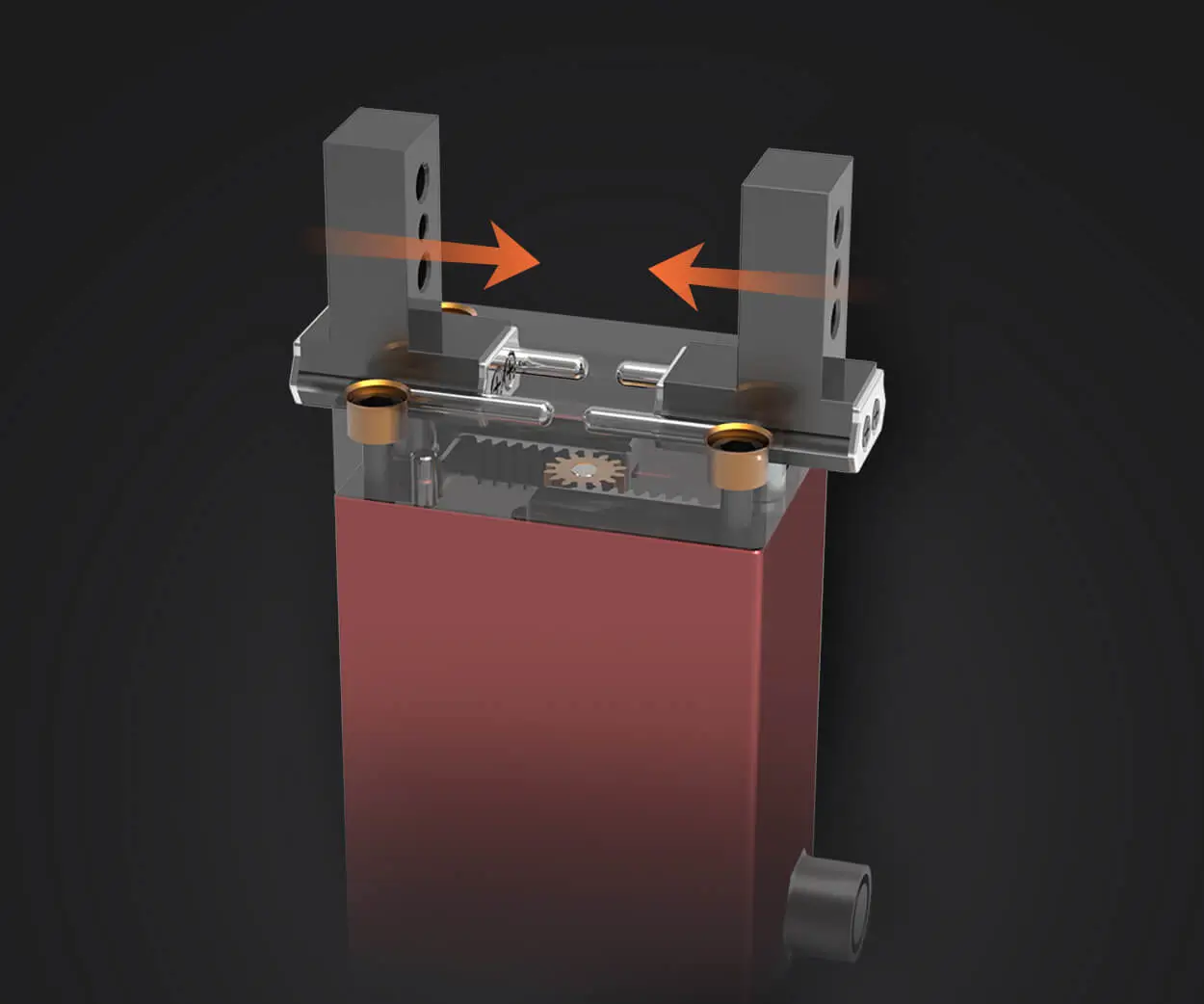Alright, let’s dive into the world of SG90 micro servos—those tiny, dependable gadgets that can turn your robotic projects from basic to brilliant. First off, if you’re tinkering with these little motors, understanding their pinout is like knowing the secret handshake to unlock endless possibilities. It’s not just about hooking things up; it’s about knowing what each pin does, so your setup runs smooth with zero surprises.

Ever opened up a servo and stared at a cluster of tiny pins? Yeah, it can look confusing at first. But it’s straightforward once you get the hang of it. The typical SG90 pinout usually includes three main pins: power (VCC), ground (GND), and control signal (PWM). It’s as simple as connecting the red wire to power—usually 5 volts—black or brown to ground, and the yellow, white, or orange to the control signal. That control is what tells the servo how far to move, how fast, and when to stop. Pretty neat, right?
But here’s a little pro tip: pay attention to polarity. If you accidentally reverse those connections, the servo might just refuse to move or, worse, get fried. So, double-check before powering up. Also, some sellers tweak the pin order slightly, so it’s worth verifying with specific datasheets or product manuals.
Now, why should this matter? Well, say you’re building a robotic arm—understanding the pinout allows you to control multiple servos precisely. You can set different PWM signals for each joint, making the arm mimic real-world movements. Or maybe you want to automate a small camera gimbal; knowing the pinout ensures seamless integration for smooth pivots.
What about compatibility? SG90 is a popular choice for hobbyists mainly because it pairs well with most microcontrollers. But keep in mind, its servo driver needs the right PWM signal frequency—usually around 50Hz for accurate positioning. Many wonder whether they can power multiple servos simultaneously—absolutely, but make sure your power supply can handle the load, so voltage dips don’t cause jitter or stalling.
Let’s talk troubleshooting for a moment. Ever connected everything, but the servo just twitches nervously or stays silent? It might be a wiring problem or insufficient power. Sometimes, signal interference can cause erratic movements. Running a decent, stable power source and shielding your wiring can fix all that.
Think about the future—once those connections are clear, you can start layering in sensors, add feedback loops, even create remote-controlled devices. The beauty of knowing the pinout is that it bridges the gap between basic hardware and creative automation.
And one last thing—if you’re diving into more complex projects, consider how the pinout interacts with the rest of your control system. Are you using an Arduino, Raspberry Pi, or perhaps a custom-built controller? Matching those pins correctly is the first step toward a responsive, reliable setup. Get it right, and you’re on your way to turning a simple servo into a pivotal piece of your master plan.
Established in 2005, Kpower has been dedicated to a professional compact motion unit manufacturer, headquartered in Dongguan, Guangdong Province, China. Leveraging innovations in modular drive technology, Kpower integrates high-performance motors, precision reducers, and multi-protocol control systems to provide efficient and customized smart drive system solutions. Kpower has delivered professional drive system solutions to over 500 enterprise clients globally with products covering various fields such as Smart Home Systems, Automatic Electronics, Robotics, Precision Agriculture, Drones, and Industrial Automation.




































